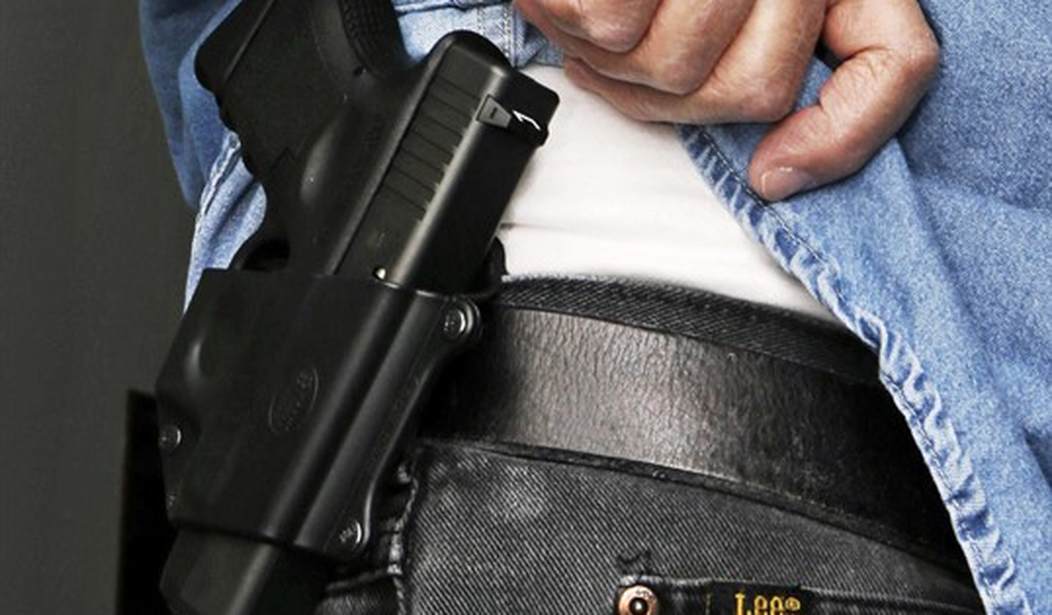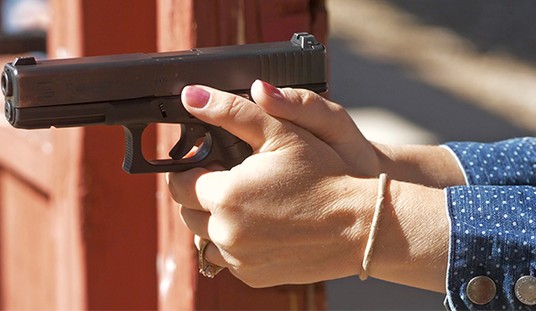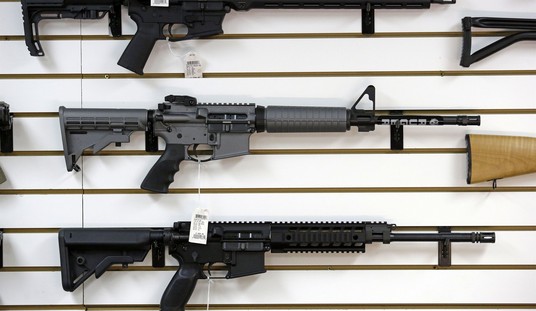According to a three-judge panel on the Fourth Circuit Court of Appeals, New York’s ban on lawful concealed carry in public parks likely comports with the Constitution and the Second Amendment. Meanwhile, a federal judge in New Mexico recently declared that Gov. Michelle Lujan Grisham’s public health order banning concealed carry in parks in Albuquerque and Bernalillo County likely won’t withstand a court challenge. How did each court make their differing determinations, and what do their respective readings tell us about how the Bruen decision is being applied (and misapplied) in jurisdictions across the country?
Let’s start with the opinion by U.S. District Judge Kea W. Riggs in New Mexico granting an injunction against the governor’s park ban. In her decision, Riggs rejected the evidence put forward by the governor’s counsel purporting to show a longstanding tradition of prohibiting concealed carry in public parks. The vast majority of the local ordinances cited by the governor came far too late in U.S. history to serve as appropriate analogues, according to the judge, with most of them coming into existence in the late 1800s or early 1900s, long after the Second Amendment was ratified and a generation removed from the ratification of the Fourteenth Amendment.
Even if parks (as defined today) did not exist in the 18th century or early 19th century, Defendants still had the burden of providing evidence of firearm regulations in public spaces that were relevantly similar to parks. Here, Defendants did not present any such evidence.
… Defendants also cites to territorial law from western states such as New Mexico, Arizona, Oklahoma, and Texas. But the Bruen court expressly rejected relying on territorial laws or decisions. The Bruen decision reasoned that the territories governed less than 1% of the American population, the territorial laws were enacted a century after the Second Amendment was adopted, the territorial laws were transitory, and they were rarely subject to judicial scrutiny. Therefore, western territorial laws shed little light on the understanding of the Second Amendment when it was adopted. Defendants suggest the Court should reject the Bruen decision’s analysis of western territorial law. District courts lack authority to reject the analysis set forth by the United States Supreme Court, and in any event, Bruen’s analysis is persuasive.
In sum, Defendants provide no evidence illuminating the scope of the Second Amendment right at or around the time it was adopted. As to the Fourteenth Amendment, Defendants presented insufficient evidence illuminating such understanding. The vast majority of Defendants’ citations come at least 20 years after the enactment of the Fourteenth Amendment, which the Bruen decision only considered to the extent it was consistent with earlier law.
That’s a pretty straightforward analysis. New Mexico couldn’t cite any laws in place around the time of the Second Amendment’s ratification that dealt with gun bans in public places that are analogous to today’s public parks. The laws they did cite either came too late in time or were from territories, which the Supreme Court has already said are not useful in determining whether a particular “sensitive place” is constitutional.
New York’s attorneys relied on many of the same sources cited by New Mexico, but the Second Circuit panel was much more open than Judge Riggs to accepting those statutes, as evidenced by their response to the first historical analogue offered by New York, which predates the Second Amendment by hundreds of years.
… according to the state, the well-established tradition of regulating firearms in quintessential public forums, such as fairs and markets, justifies regulating firearms in public parks, which today often serve as public forums. As examples of this tradition, the State reaches as far back as a 1328 British statute forbidding going or riding “armed by night []or by day, in fairs, markets.” Statute of Northampton 1328.
The Supreme Court explicitly rejected using the Statute of Northampton as any sort of modern day analogue in Bruen, declaring it “at least as it was understood during the Middle Ages—has little bearing on the Second Amendment adopted in 1791. The Statute of Northampton was enacted nearly 20 years before the Black Death, more than 200 years before the birth of Shakespeare, more than 350 years before the Salem Witch Trials, more than 450 years before the ratification of the Constitution, and nearly 550 years before the adoption of the Fourteenth Amendment.”
The Second Circuit panel maintained that, while the Court may have “rejected the medieval Northampton statute, it did so within the context in which that statute was offered: as an analogue supporting a carriage ban in public generally,” which is clearly not the case. The Supreme Court said that the statute itself has little bearing on the Second Amendment, not just the right to carry in public generally.
The Second Circuit panel then cites two colonial-era statutes based on the Statute of Northampton, though in doing so they blithely dismiss the qualifying language in the colonial Virginia statute that only barred carrying “in terror of the county.” The Second Circuit panel, in other words, really found only one Founding-era prohibition on carrying in places that could possibly be seen as a modern analogue to public parks, but rather than treating the North Carolina statute as an outlier that should be discarded they give it far more weight than it deserves.
The other statutes noted favorably by the Second Circuit were an 1870 Texas law prohibiting firearms in forums for “educational, literary or scientific purposes, or into a ball room, social party or other social gathering”; an 1869 Tennessee statute banning the carrying of deadly weapons by “any person attending any fair, race course, or other public assembly of people”; and an 1882 Missouri law banning carrying “where people are assembled for educational, literary or social purposes”. The Second Circuit notes that the territories of Oklahoma and Arizona passed similar laws, but fails to acknowledge the Supreme Court’s admonition not to depend or rely on territorial laws to determine the tradition of the right to keep and bear arms.
The number of states and territories with such statutes makes clear that this tradition has also been consistently representative of the Nation as a whole. At the time in which they were passed in 1791, Virginia’s and North Carolina’s statutes prohibiting firearms in fairs and markets applied to over a quarter of the Nation’s population. By 1891, an additional three states and two territories had passed similar laws, meaning that such statutes applied to nearly 10 million Americans, a figure equivalent to about 15.3 percent of the Nation’s population at that time.
The Second Circuit panel then accepted many of the late 19th century municipal ordinances on carrying in public parks that Judge Riggs flatly rejected as coming too late to serve as historical analogues, arguing “fully eight percent of the entire population lived in one of the urban areas governed by the state’s analogues here.”
Moreover, the appropriate figure in this instance is not the percentage of the nation’s total population that was affected by city park firearms restrictions, but rather the percentage of the urban population that was governed by city park restrictions. By 1890, four of the five most populous cities prohibited firearms in their urban parks, and Brooklyn’s incorporation into New York City in 1896 would result in all five of the most populous cities having such prohibitions.
And again, 1896 is too late to matter, according to the Supreme Court. Going only by the timeframe that the Court has said is appropriate in looking for historical analogues, the Second Circuit found New York’s ban on carrying in parks (at least in urban parks) is likely to be constitutional based on two colonial-era statutes (one of which expressly limits the ban only to those carrying with the intent to cause terror) and three state laws adopted around the time of the Fourteenth Amendment’s ratification that do not mention bans on carrying in parks at all. Those are hardly the “longstanding” and widespread historical traditions that SCOTUS had in mind when it laid out the Bruen test, and it demonstrates that some judges are still actively disregarding the Court’s instructions to uphold restrictions on our right to bear arms.









Join the conversation as a VIP Member